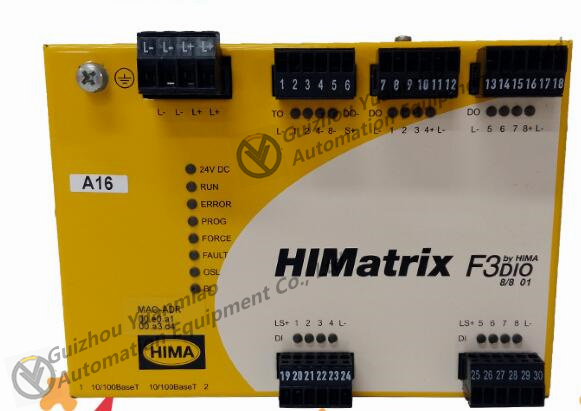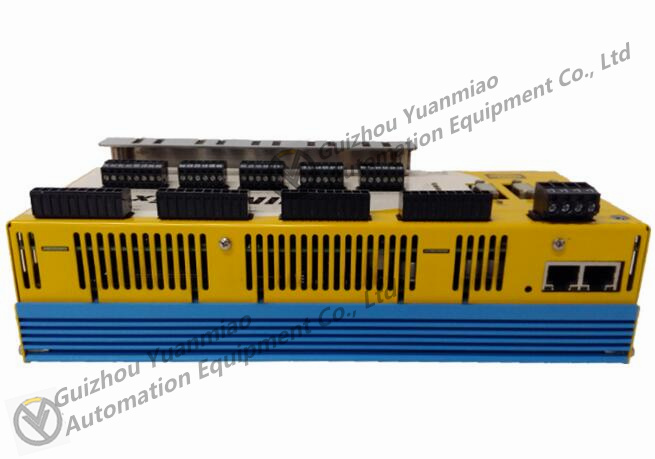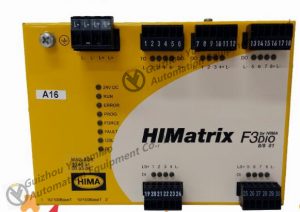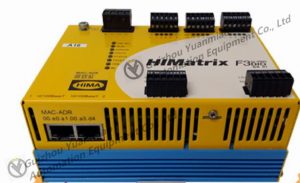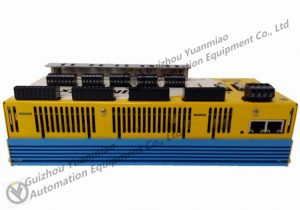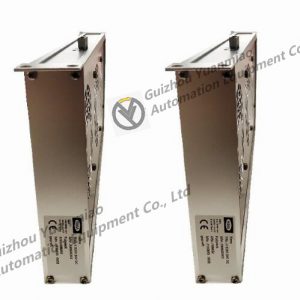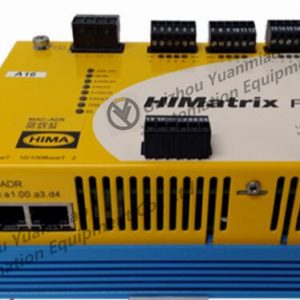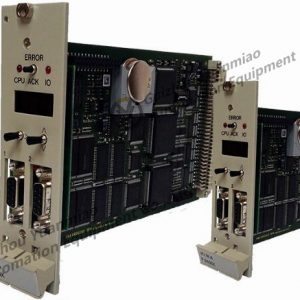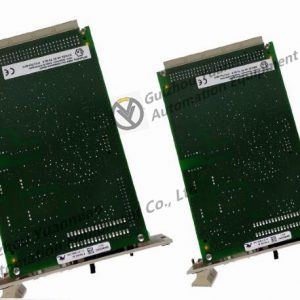HIMA F3-DIO-88-01-982200425 Digital output
Interference in control system and its source
Field electromagnetic interference is one of the common factors that easily affect the reliability of PLC control system. It is called to solve the problem first, find out the problem, and then propose the solution to the problem. Therefore, it is necessary to understand the source of on-site interference.
(1) Interference sources and general classification
Most of the interference sources that affect the PLC control system are generated at the position where the current or voltage changes sharply. The reason is that the change of current produces magnetic field, which produces electromagnetic radiation to the equipment; The magnetic field changes to generate current, and the electromagnetic wave is generated at high speed. Generally, according to different interference modes, electromagnetic interference is divided into common mode interference and differential mode interference. Common mode interference is the potential difference between the signal and the ground, which is mainly formed by the superposition of the common state (same direction) voltage induced by the power grid connection, ground potential difference and space electromagnetic radiation on the signal line. Common mode voltage can be converted into differential mode voltage through asymmetric circuit, which directly affects the measurement and control signals and leads to component damage (this is the main reason for the high damage rate of I/O modules in some systems). This common mode interference can be DC or AC. Differential mode interference refers to the interference voltage acting on the two poles of the signal, which is mainly formed by the coupling induction of the spatial electromagnetic field between the signals and the conversion of the unbalanced circuit to the common mode interference. This interference is superimposed on the signal and directly affects the measurement and control accuracy.
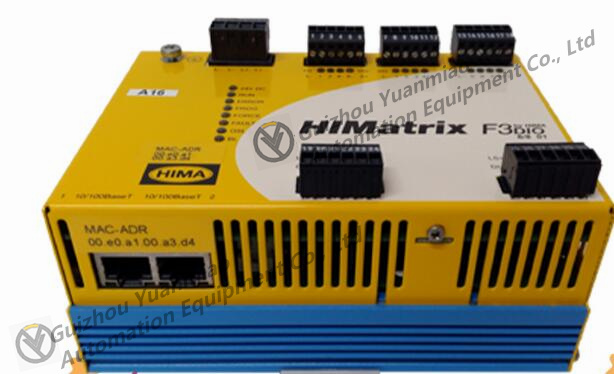
(2) Main sources and ways of interference in PLC system
A. Strong current interference
The normal power supply of PLC system is supplied by the power grid. Due to the wide coverage of the power grid, it will be subject to all spatial electromagnetic interference and induce voltage on the line. In particular, changes in the power grid, surges in the operation of knife switch, start and stop of large power equipment, harmonics caused by AC and DC drives, and the instantaneous impact of short circuit in the power grid are all transmitted to the power supply through the transmission line.
B. Interference in the cabinet
High-voltage electrical appliances, large inductive loads and disordered wiring in the control cabinet are easy to cause a certain degree of interference to the PLC.
C. Signal line interference
All kinds of signal transmission lines connected to the PLC control system will always be invaded by external interference signals in addition to transmitting various effective information. There are two main ways of such interference: one is the power grid interference connected in series by the transmitter power supply or the power supply of the shared signal instrument, which is often ignored; The second is that the signal line is subject to the inductive interference of space electromagnetic radiation, that is, the external inductive interference of the signal line, which is very serious. The interference introduced by the signal will cause the I/O signal to work abnormally, and the measurement accuracy will be greatly reduced, which will seriously affect the measurement accuracy.
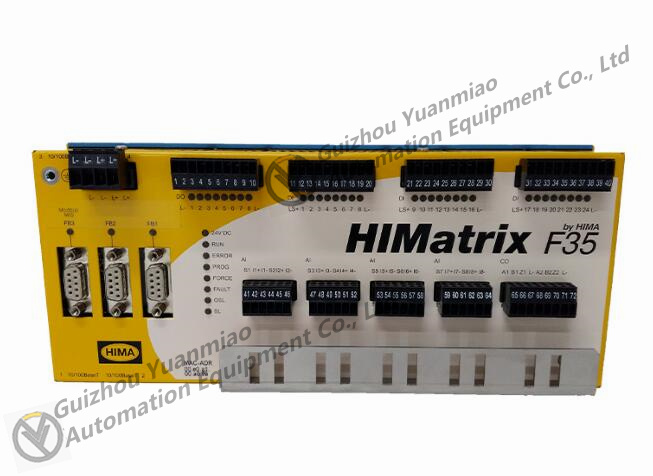

[Disclaimer]
Our company sells new products and discontinued products, and purchases such special products through independent channels. Guizhou Yuanmiao Automation Equipment Co., Ltd. is not an authorized distributor, distributor or representative of the featured products of this website. All product names/product images, trademarks, brands and microlabels used on this website are the property of their respective owners. Product descriptions, descriptions or sales with these name images, trademarks, brands and logos are for identification purposes only and do not represent any association or authorization with any right holders.

